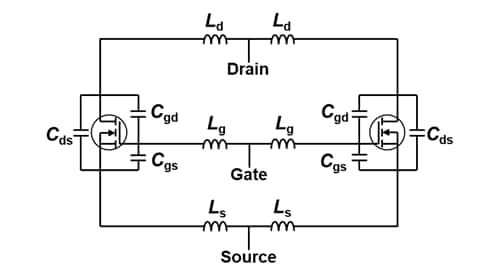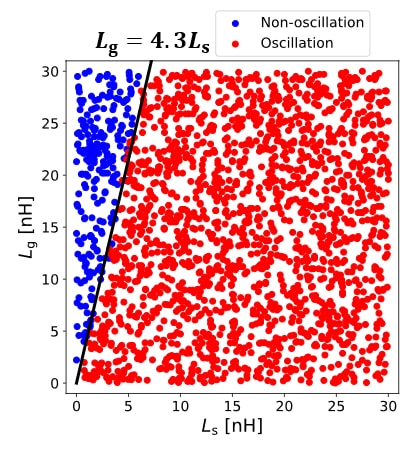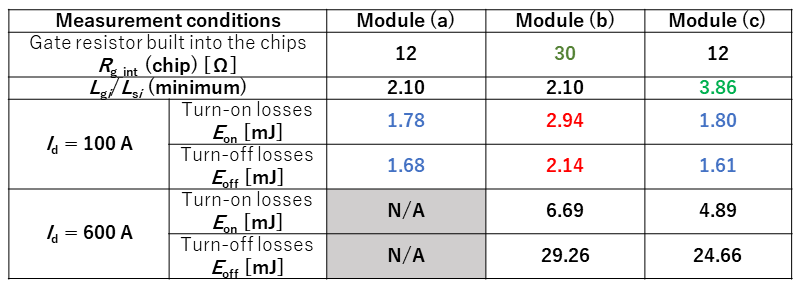-
Infineon Technologies AG expanded the lawsuit pending before the District Court for the Northern District of California on 23 July 2024, adding claims against Innoscience (Zhuhai) Technology Company, Ltd., and Innoscience America, Inc. and affiliates based on the infringement of three additional patents referring to gallium nitride (GaN) technology owned by Infineon. In addition, Infineon today filed a complaint with the U.S. International Trade Commission (USITC) containing legal claims referring to the same four patents covered by the lawsuit.
Infineon seeks a permanent injunction for the infringement of United States patents referring to gallium nitride (GaN) technology owned by Infineon. The patent claims cover core aspects of GaN power semiconductors encompassing innovations that enable performance and reliability of Infineon’s proprietary GaN power transistors.
Already, on 14 March 2024, Infineon filed a patent infringement suit against Innoscience in the United States with the District Court for the Northern District of California. On 4 June 2024, Infineon filed a corresponding lawsuit with the District Court Munich, Germany. Additional lawsuits were filed against distributors of Innoscience in Germany.
Furthermore, Infineon successfully filed for a preliminary injunction (court order), which the District Court Munich issued on 12 June 2024. According to this court order Innoscience was obligated to remove all infringing product from their booth at the international power electronics trade show PCIM Europe.
Infineon leads the industry with its GaN patent portfolio, comprising approximately 350 patent families. Infineon’s portfolio of silicon, silicon carbide, gallium nitride power transistors and complementary drivers and controllers was enhanced with the October 2023 acquisition of GaN Systems Inc. The acquisition boosted Infineon’s GaN offering and further expanded its leading position in power semiconductors.
Original – Infineon Technologies
-
LATEST NEWS / PRODUCT & TECHNOLOGY / SiC / WBG1 Min Read
MCC introduced the latest additions to its robust portfolio: 10 1200V SiC N-channel MOSFETs in versatile TO-247-4, TO-247-4L, and TO-247AB packages. These new MOSFETs are available in 3-pin and 4-in (Kelvin source) configurations and meet the rising demand for high-power, high-voltage applications.
Boasting exceptional on-resistance values from 21mΩ to 120mΩ (typ.) and fast switching speeds, these components are the ones you can count on for reliable performance. Their excellent thermal properties and fast intrinsic body diode ensure smooth, efficient operation in the most challenging conditions, making them a must-have for critical power systems.
Features & Benefits:
- High-power capability: 1200V MOSFET with SiC technology
- Fast, reliable switching: Intrinsic body diode improves efficiency & ruggedness Enhanced performance: High switching speed with low gate charge
- Wide on-resistance selection: ranging from 21mΩ to 120mΩ (typ.)
- Efficiency: Superior thermal properties and low switching losses
- Durability: Avalanche ruggedness
- Versatility: TO247 3-pin and 4-pin package options
Original – Micro Commercial Components
-
LATEST NEWS / PRODUCT & TECHNOLOGY / SiC / WBG2 Min Read
Power Master Semiconductor (PMS) announced the release of its new AEC-Q101 qualified 1200V eSiC MOSFET in a D2PAK-7L package, designed to revolutionize power electronics in electric vehicles (EVs). PMS’s automotive-grade 1200V eSiC MOSFET offers superior efficiency, high power density, high reliability, and enables bi-directional operation, making it an ideal choice for a wide range of automotive applications, including on-board chargers (OBCs), DC-DC converters, and e-compressors.
The automotive industry is rapidly transitioning towards electrification, driven by the growing demand for sustainable and environmentally friendly transportation solutions. This shift has created a surge in demand for high-performance power electronics that can meet the stringent requirements of EV applications. Bi-directional operation is the key trend for the on-board chargers (OBCs) applications to meet V2L (Vehicle to Load), V2G (Vehicle to Grid), V2V (Vehicle to Vehicle), and V2H (Vehicle to Home appliance).
Therefore, the topology of OBCs is moving to Totem-pole PFC + CLLC or DAP resonant converter from Interleaved CCM PFC or Dual boost bridgeless PFC + LLC resonant converters. Larger battery capacity and faster charging demands are driving 800V battery systems for BEV application.
The automotive grade 1200V eSiC MOSFET is an optimized solution for the e-compressor, an indispensable power conversion system for efficient thermal management that increases battery life, charging efficiency, and driving range, and maintains a comfortable environment. It is also optimized for Totem-Pole PFC and CLLC/DAB (Dual Active Bridge) topologies, which are essential for bidirectional power conversion, a key trend in onboard chargers (OBC) for 800V battery system in electric vehicles.
Key Features of automotive grade 1200V e SiC MOSFET
- AEC-Q101 qualified for automotive applications
- Robust Avalanche Capability
- 100% Avalanche Tested
- Operating temperature range : -55°C to +175°C
- Low switching losses
- D2PAK-7L kelvin source package for ease of design and integration
“Driven by our unwavering commitment to innovation and sustainability, Power Master Semiconductor continuously develops power device solutions that achieve breakthrough efficiency and performance”, said Namjin Kim, Senior Director of Sales & Marketing.” The introduction of our new automotive-grade 1200V eSiC MOSFET represents a major leap forward in empowering the automotive industry’s shift towards cleaner, more energy-efficient power electronics. We are confident that this innovative solution will be the optimal choice for high-performance automotive applications.”
Original – Power Master Semiconductor



